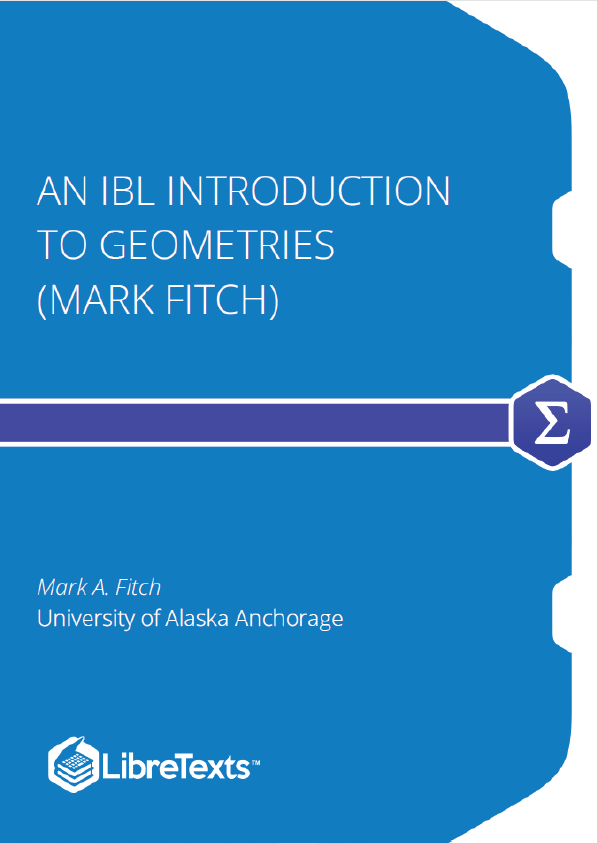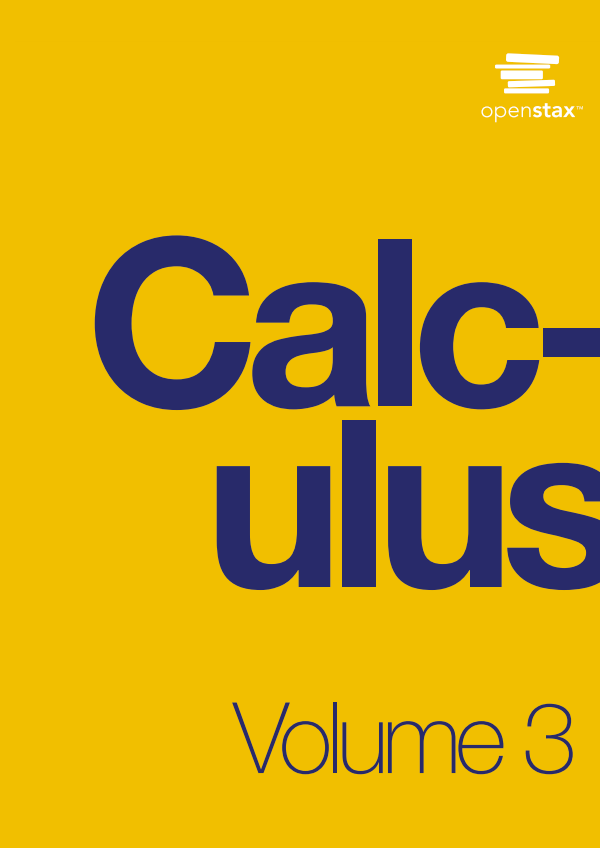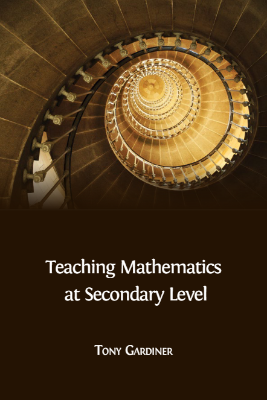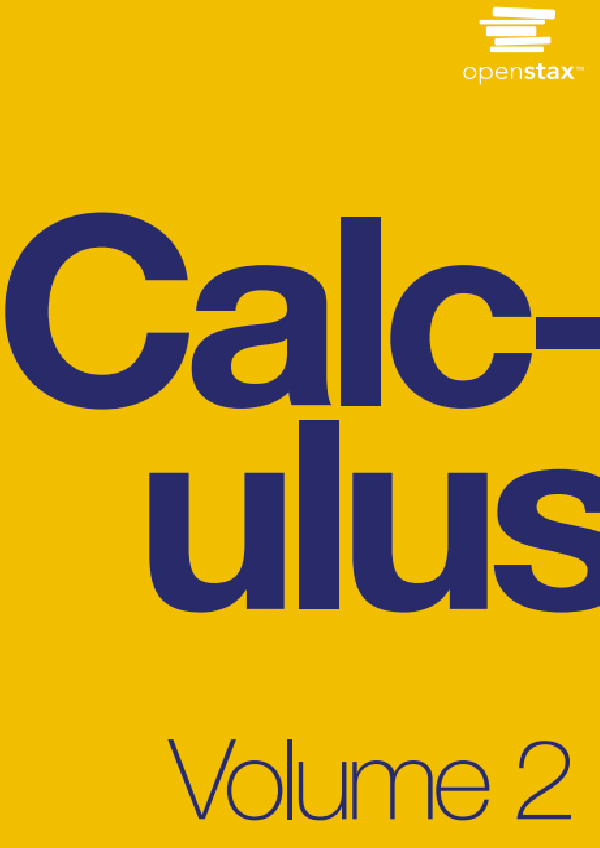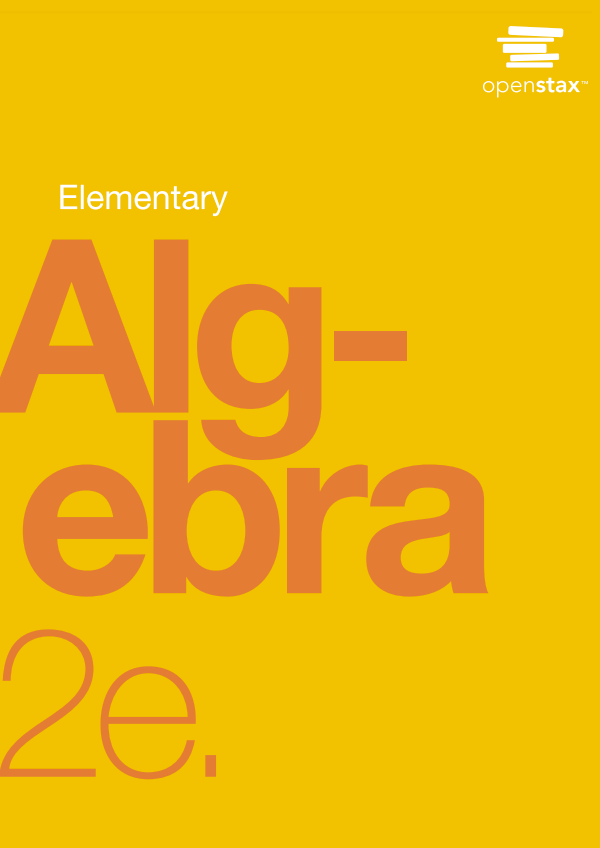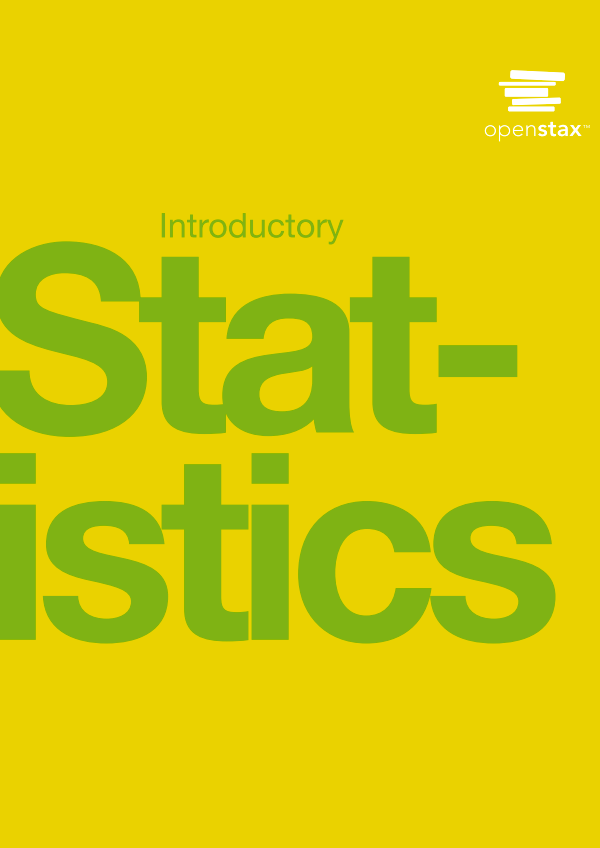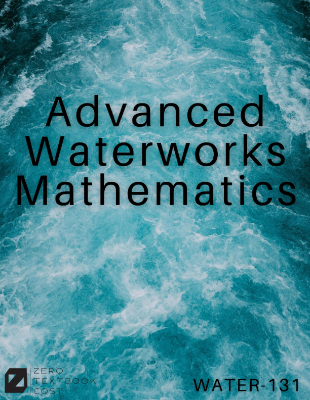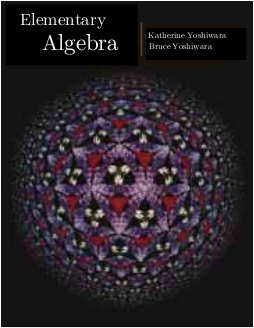This text was designed for an IBL approach to Introduction to Geometries and coverc geometry topics required for secondary teacher certification. As a result it covers synthetic, transformational, and a tiny bit of analytic approaches to geometry and covers both Euclidean (parabolic), hyperbolic, and some projective geometry. Students are expected to have completed a proofs course covering proof techniques, basic set operations, and cardinality as a prerequisite. The students have typically taken high school geometry.
Equivalent Parallel Postulates
Each of the following is an equivalent Euclidean postulate. Equivalent Euclidean Postulates:
- (Playfair) Given a line and a point not on that line, there exists exactly one line through that point parallel to the given line.
- (Equidistance) Lines that are parallel are everywhere equidistant.
- (Euclid) Given two lines and a transversal of those lines, if the sum of the angles on one side of the transversal is less than two right angles then the lines meet on that side.
For each construction figure out how to do it using the classic Greek tools: a straight edge and rusty compass (okay that isn’t quite classic Greek). Note you can use the circle and line tools in Geogebra to perform these. Next prove that your construction works.
Discover and Prove Construction
- Construct an equilateral triangle with side length matching a given segment.
- Given a line segment construct the perpendicular bisector of it.
- Construct a square with side length matching a given segment.
- Construct the midpoint of a line segment.
- Construct the bisector of given angle.
- Copy an angle.
- Construct a line parallel to a given line through a given point.
Hyperbolic geometry can be drawn with the aid of the Poincaré disc model. The hyperbolic plane is represented by a disc with the border not included (“open disc” in analysis terms). Lines are either diameters or circular arc that are orthogonal to the disc. The origin is the center of the disc. You will use the provided Geogebra file or one you search for online in Geoegebra with special tools to explore hyperbolic geometry.
Construct each of the following hyperbolic figures.
- Triangle using at least two lines that are diameters.
- Triangle using exactly one line that is a diameter.
- Triangle using no lines that are diameters.
- Quadrilateral (Can you make it a square?)
Explore parallelism in hyperbolic geometry.
- Construct a line and select a point not on that line. Construct two lines through that point parallel to the given line.
- How many lines through that point parallel to the given line could be constructed?
- Do any of these parallel lines have special properties? Properties might be easier to describe in terms of the model.
- Construct two parallel lines. For ease make them large and close in the model. What seems to be true about the distance between the parallel lines?
